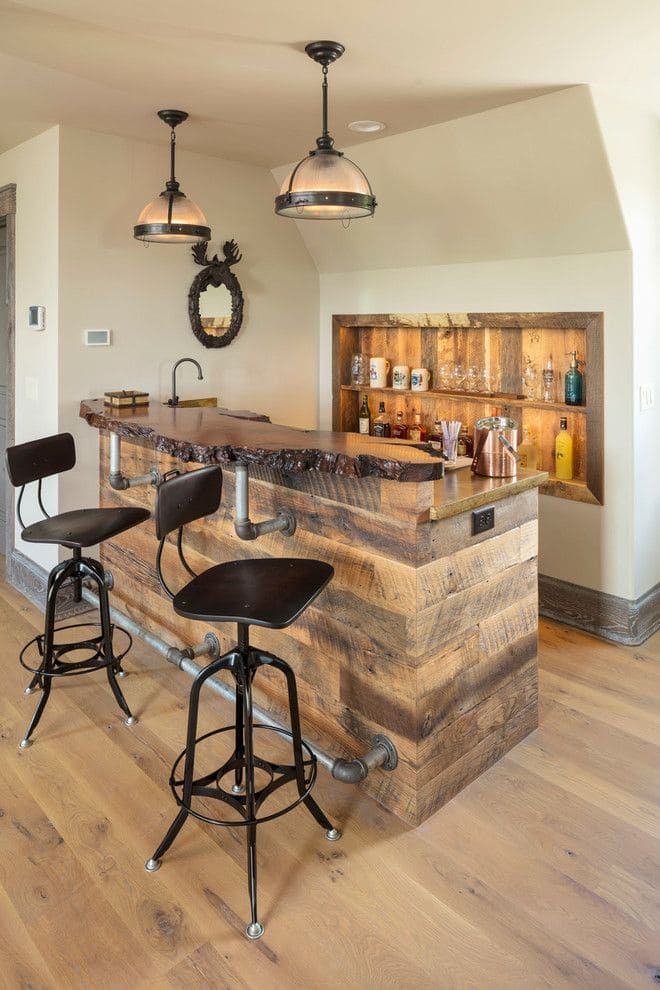Starting a home remodeling project is a huge undertaking that can transform your living space, enhance its functionality, and increase property value. However, the process can be overwhelming without proper preparation. Before the first hammer swings or the first tile is laid, homeowners must plan meticulously to ensure the project proceeds smoothly, stays within budget, and results in the desired outcome. This guide outlines seven key steps to prepare your home for its next major remodel.
Define Your Vision and Budget
The first step in any successful remodeling project is to clearly define what you want to achieve. Whether it’s updating a kitchen, expanding a living room, or adding a new bathroom, having a clear vision is key. Start by gathering inspiration from magazines, websites, or home improvement shows. Once you know what you want, it’s time to consider the budget.
Creating a budget requires a balance between your dream design and what you can realistically afford. Research the costs associated with your project, including materials, labor, permits, and any unforeseen expenses. It’s wise to add a contingency fund of at least 10-20% of the total budget for unexpected costs. A well-planned budget will keep your project on track and help you make informed decisions about what to include and what may need to be adjusted or postponed.
Safely Storing Your Things
As the renovation begins, safeguarding your belongings from construction dust, debris, and the chaos of work crews is a major concern. The best way to protect your items is by removing them from the work area and storing them safely. While some may opt for onsite solutions such as dust covers or plastic sheeting, these might not offer the best protection for all your items, especially those that are valuable or fragile.
Consider using a self storage facility for more comprehensive protection. These facilities provide a secure, clean, and climate-controlled environment for your belongings. Not only does this option safeguard your items from construction-related damage, but it also declutters your space, making it easier for contractors to work efficiently. When selecting a self-storage unit, choose one that offers flexible rental terms, convenient access, and robust security features to ensure your peace of mind during the remodeling process.
Secure Necessary Permits and Approvals
Before any work begins, it’s crucial to understand and comply with local building codes and regulations. Obtaining the required permits and approvals goes beyond mere legal compliance; it guarantees that your project adheres to safety regulations and helps prevent expensive errors or postponements. Depending on the scope of your project, permits might be required for structural changes, electrical work, plumbing, and more.
Begin by consulting with your contractor or local building authority to identify which permits you’ll need. The process can vary significantly depending on your location and the project’s complexity, so it’s important to start early. Obtaining permits can be time-consuming, but it’s an essential step that protects you, your home, and your investment in the long run.

Choose the Right Contractor
A good contractor can turn your vision into reality, while a poor choice can lead to endless headaches and disappointments. Start by seeking recommendations from friends, family, or online reviews. Once you have a list of potential contractors, conduct interviews to assess their experience, work ethic, and compatibility with your project.
Ask for references and portfolios of previous work to ensure their quality matches your expectations. Verify their licensing, insurance, and any certifications that demonstrate their expertise and reliability. Remember, communication is key to a successful partnership, so choose someone who listens to your ideas and communicates clearly and promptly.
Plan for Living Arrangements During the Remodel
The extent of your remodel might necessitate finding alternative accommodations. Significant upgrades can upheave your daily life, complicating residence in your home amidst construction. If relocating to a family member’s home or securing a temporary lease isn’t feasible, consider fencing off the renovation zone and arranging a makeshift kitchen or living area elsewhere in your home.
Proactively organizing these living solutions can greatly alleviate stress and preserve a degree of regularity for your household. Moreover, it enables the construction team to proceed more productively, free from concerns about intruding on your routine activities.
Communication Plan
Effective communication with your contractor is essential for a successful remodel. Establish a clear communication plan at the beginning of the project, including regular updates and meetings to discuss progress, changes, and any issues that arise. Decide on the best method of communication, whether it’s daily emails, weekly calls, or in-person meetings, and make sure both parties are committed to this schedule.
A good communication plan keeps you informed and involved in the decision-making process, ensuring that the project stays aligned with your vision and expectations. It also allows for timely adjustments and decisions, which can help avoid delays and additional costs.
Plan for Cleanup and Final Inspection
As the project nears completion, start planning for the post-renovation cleanup and the final inspection. Renovations can generate a significant amount of debris and dust, so consider hiring a professional cleaning crew to thoroughly clean your home before moving back in. This ensures that your newly remodeled space is spotless, safe, and ready for you to enjoy.
The final inspection with your contractor is an opportunity to review the work and address any remaining issues. Prepare a checklist of items to inspect, and don’t hesitate to point out any work that doesn’t meet your standards or the agreed-upon specifications. This is your chance to ensure that everything is completed to your satisfaction before making the final payment.
Wrapping Up
Preparing your home for a remodeling project may seem daunting, but by following these seven steps, you can navigate the process with confidence. From defining your vision and securing permits to choosing the right contractor and planning for the cleanup, each step is designed to ensure your project runs smoothly and results in the beautiful, functional space you’ve envisioned.
Remember, the key to a successful remodel is meticulous planning, open communication, and a positive partnership with your contractor. By taking the time to prepare thoroughly, you can avoid common pitfalls and enjoy a renovation experience that is as stress-free as possible. Embrace the journey, and look forward to the transformation of your home into a place that better suits your needs and lifestyle.





